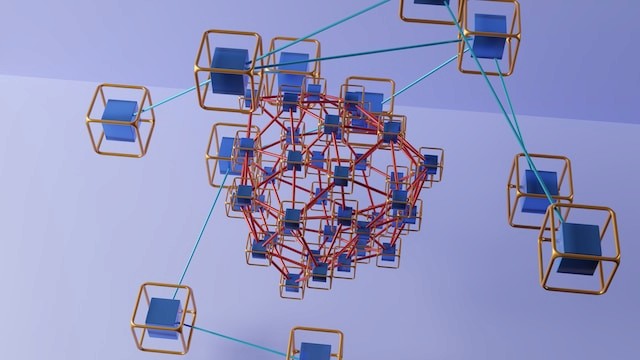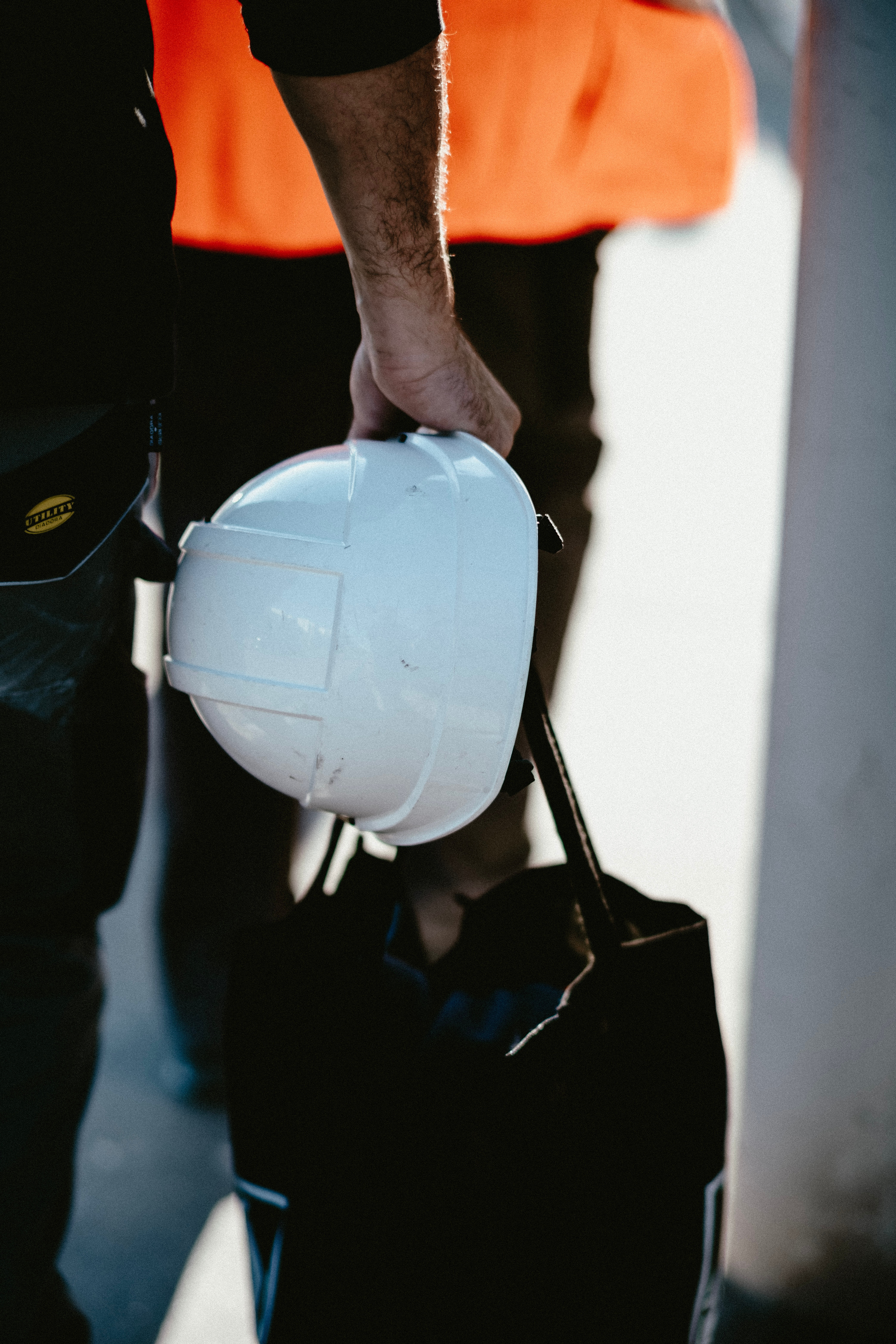Capturing human observations
NDA
2018
How might we turn human observations into useable and actionable data?
This is the challenge I was given in this project for a large enterprise organisation where an enormous amount of data is collected constantly. The particular business function that my project was involved with leverages quantitative (sensors) and qualitative (human) captured data to monitor performance of complex systems of machines.
Methods
Technology
Minimising error by eliminating duplication of human entry.
The process began with understanding the current ways of working and data relationships. The initial ask was to implement a web application solution that provided a graphical user interface for users to enter observations, track their approval process, provide a searchable index of data, and then visualise the aggregated data statistics.

I implemented a process similar to the 5C model:
Collect
Comprehend
Conceptualise
Create
Collaborate throughout the process
Roles and responsibilities
As the full-stack designer/developer, I first led the stakeholders through a series of workshops to understand their data structures and relationships, while also mapping the user journey and data flows. Once I had an approved concept and strategy using wireframes, I then looked at the organisation's style guide to apply towards the design of the interface.
Working in parallel with these efforts, I also interfaced with the technical governance unit to establish the project, setup the resources, database, routines, and pipeline needed to start work on the MVP. The design phase of this project was shorter and more informal than I would prefer now, but we all grow with experience.
Implementation
The implemented solution was a web application proof of concept. The result after showcasing it to the greater organisation resulted in higher demand for access to the application demonstrating the value it provided for stakeholders and to the greater organisation.

Results & Reflections
By bridging design with development right from the beginning and focusing on understanding the domain, the solution was delivered on-time and delivered value from launch. I also provided extensive documentation to facilitate handover for further development.
The design-led process ensured that the data relationships worked and matched real usage which prevented costly re-work and restructuring. Looking back, I could have been more deliberate with the design process specifically with the approval process feature, although it was not explicitly within my scope for this project.
*Details, name of organisation, and screenshots for this project are unavailable due to confidentiality.
**Images are stock photos found on UnSplash.

